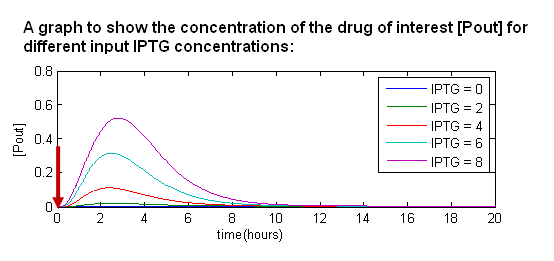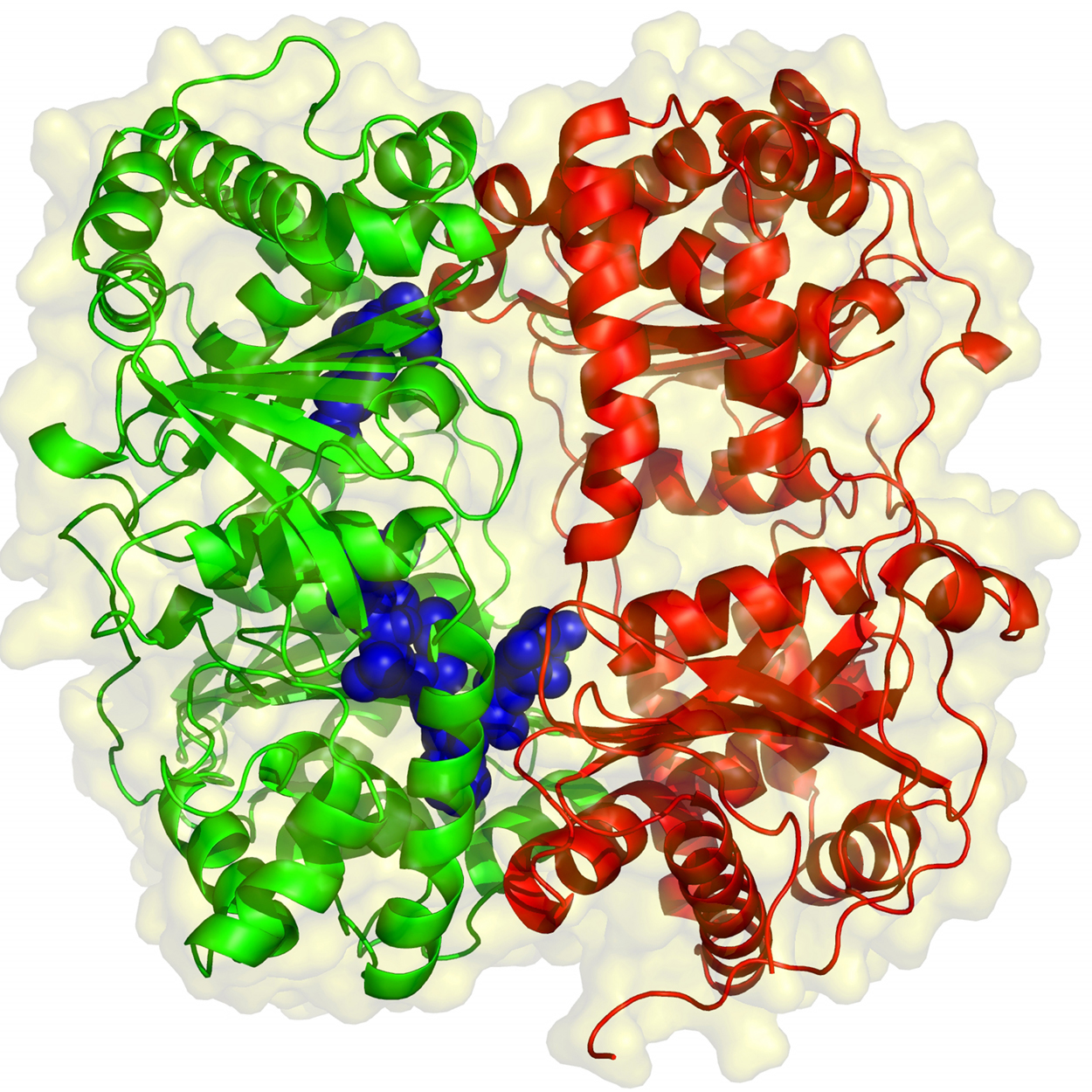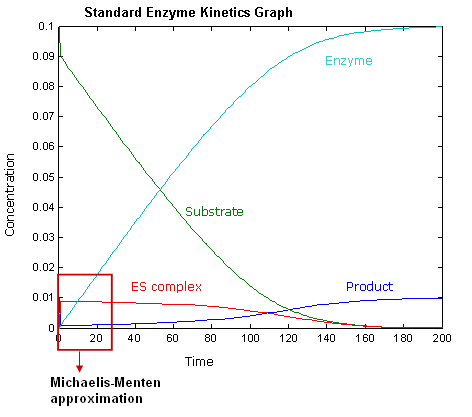Team:Imperial College London/Project Overview
From 2009.igem.org
(→References) |
m (→The Problem) |
||
| Line 17: | Line 17: | ||
The inspiration behind <b><i>The E.ncapsulator</i></b> was the inherent difficulty in delivering protein pharmaceuticals to the gut. Due to the delicate nature of proteins and the highly acidic environment present in the stomach, <b>protein molecules are readily broken down - making oral drug delivery of protein pharmaceuticals very difficult </b>.<br> | The inspiration behind <b><i>The E.ncapsulator</i></b> was the inherent difficulty in delivering protein pharmaceuticals to the gut. Due to the delicate nature of proteins and the highly acidic environment present in the stomach, <b>protein molecules are readily broken down - making oral drug delivery of protein pharmaceuticals very difficult </b>.<br> | ||
There are several diseases that are treated using oral delivery of peptides. Among these are: | There are several diseases that are treated using oral delivery of peptides. Among these are: | ||
| - | <b>Malnutrition (world hunger)</b> and <b>Phenylketonuria (PKU)</b>, a disease associated with mental retardation due to insufficient ability to | + | <b>Malnutrition (world hunger)</b> and <b>Phenylketonuria (PKU)</b>, a disease associated with mental retardation due to insufficient ability to metabolise phenylalanine.<br> |
[[Image:II09_enzyme.png|right|200px]] | [[Image:II09_enzyme.png|right|200px]] | ||
In this project, one of our applications is on synthesising phenylalanine hydroxylase (PAH), an enzyme responsible for metabolism of phenylalanine in PKU patients. Furthermore, we propose to synthesise cellulase and deliver it as a possible solution to malnutrition.<b><i>The E.ncapsulator</i> system is a generic drug production and delivery platform. This means that potentially, we are capable of solving any problem that tackles the delivery of polypeptides to the small intestine.</b> | In this project, one of our applications is on synthesising phenylalanine hydroxylase (PAH), an enzyme responsible for metabolism of phenylalanine in PKU patients. Furthermore, we propose to synthesise cellulase and deliver it as a possible solution to malnutrition.<b><i>The E.ncapsulator</i> system is a generic drug production and delivery platform. This means that potentially, we are capable of solving any problem that tackles the delivery of polypeptides to the small intestine.</b> | ||
| Line 67: | Line 67: | ||
http://www.americanheart.org/presenter.jhtml?identifier=4551 | http://www.americanheart.org/presenter.jhtml?identifier=4551 | ||
--> | --> | ||
| - | |||
| - | |||
=Our Solution= | =Our Solution= | ||
Revision as of 14:57, 20 October 2009

The Problem
The inspiration behind The E.ncapsulator was the inherent difficulty in delivering protein pharmaceuticals to the gut. Due to the delicate nature of proteins and the highly acidic environment present in the stomach, protein molecules are readily broken down - making oral drug delivery of protein pharmaceuticals very difficult .
There are several diseases that are treated using oral delivery of peptides. Among these are:
Malnutrition (world hunger) and Phenylketonuria (PKU), a disease associated with mental retardation due to insufficient ability to metabolise phenylalanine.
In this project, one of our applications is on synthesising phenylalanine hydroxylase (PAH), an enzyme responsible for metabolism of phenylalanine in PKU patients. Furthermore, we propose to synthesise cellulase and deliver it as a possible solution to malnutrition.The E.ncapsulator system is a generic drug production and delivery platform. This means that potentially, we are capable of solving any problem that tackles the delivery of polypeptides to the small intestine.
Some statistics
In the table below we have provided some statistics of disorders requiring administration of polypeptide drugs. These are 2 examples out of many more, such as diabetes mellitus [1] or hemophilia [2], highlighting the need for a cost-effective and implementable solution, which is what we are offering with The E.ncapsulator.
| Malnutrition (from [3]) | PKU (from [4-5]]) |
|---|---|
| 854 million people worldwide are undernourished (12.6% of the world population) | 1 per 10,000 - 15,000 newborns are diagnosed with phenylketonuria in the USA |
| 820 million are in developing countries | It occurs with a frequency of between 1 in 4.500 (Turkey and Ireland) and 1 in 10.000 in most of Europe although in Finland the frequency is lower at 1 in 40.000 new born babies. |
Our Solution
The E.ncapsulator is a novel protein manufacture and delivery platform designed to overcome these difficulties. In order to learn more about each module of the system and what its doing, hover over the different parts of the image below:
- Growth
-
GrowthThe cells are grown to a critical cell density, before the system is started. It allows the culture to reach a sufficient cell number before the the cells are triggered to begin protein production. This is because protein production can slow cell growth.
- Module 1: Protein Production
-
Module 1: Protein ProductionThe first module is induced with IPTG, which triggers the production of the protein of interest. As part of this project we have looked into two proteins and a peptide of interest.
- Module 2: Encapsulation
-
Module 2: EncapsulationThe second module is where the cell, after having produced the peptide of interest, produces colanic acid. This creates a protecting layer around teh bacterium to shelter it from the acidity of the stomach.
- Module 3: Genome deletion
-
Module 3: Genome deletionModule 3 occurs after encapsulation of the cell containing the produced peptide of interest. This module makes the bacterium non-viable. It does so by over-expressing restriction enzymes which subsequently cleave the genomic DNA into small fragments. The cell is thus unable to produce any proteins and therefore unable to survive.
- Secondary Encapsulation
-
Secondary EncapsulationSeveral manufacturing considerations regarding the post-processing of the culture have been investigated. Post-processing of the culture allows the polypeptide filled cells to be converted into a pharmaceutical tablet, that can be taken orally.
- Chemoinduction
-
Module Integration: ChemoinductionModule 1 is induced by the addition of a compound, IPTG. This allows the user to 'kickstart' the system once the culture has reached a sufficiently high cell density.
- Autoinduction
-
Module Integration: AutoinductionModule 2 is triggered by a switch from glucose consumption to a secondary carbon source consumption. When the initial preferential carbon source (glucose) is exhausted, the system will metabolise the secondary carbon source that is available. This switch triggers the promoter that controls the start of Module 2. By knowing the initial concentrations of each carbon source, this acts as a programmable time delay system for the activation of encapsulation.
- Thermoinduction
-
Module Integration: ThermoinductionModule 3 is initiated upon an increase in temperature. The system is initially grown at 28°C, at which point Module 3 is repressed. When the temperature is raised to 42°C, this repression is blocked, triggering the start of Module 3. This temperature sensitive system was chosen as after encapsulation, chemical induction may be less effective due to limited diffusion.
Project specifications
- Synthesis: The system is generic and potentially able to manufacture any type of polypeptide.
- Purification: In The E.ncapsulator, polypeptide synthesis (Module 1) and encapsulation of the cells(Module 2) occur in the same place. This dual production and delivery platform means that there is no need for expensive downstream purification processes.
- Storage: Freeze drying in the encapsulation phase and secondary encapsulation allow for storage of The E.ncapsulator.
- Quality Control: If one cell fails to produce the polypeptide of interest, it will have minimal impact on the whole system. In that if one cell fails to produce any protein it will have a minimal impact on the whole system.
- Safety: In order to reduce risks associated with our product, we have chosen a GRAS (generally recognized as safe) chassis. Furthermore, all the genetic material is destroyed prior ingestion to prevent any risks of horizontal gene transfer after colonisation by the bacteria.
Major Results
Simulations: Chemoinduction/Module 1-Output yield of drug of interest
Our simulation results indicate that increasing input amounts of IPTG result in a greater yield of polypeptide drug of interest, provided that input concentrations are not within a toxic range. For more information see our simulation results and experimental results on toxicity.

Note: Parameters are arbitrary. For a justification see the system stability analysis.
Experimental: Module 2 - Encapsulation growth curves
Dependent on lab results today
Experimental: Autoinduction - Diauxic growth curve and CRP GFP
Here we can pick a diauxic growth curve and compare directly to a simulation (if I manage to make one work!! :-S)
Simulations: Module 1 - Enzyme kinetics and dosage control
Many polypeptides of interest are enzymes. This means that detecting how much drug has been produced requires knowledge about their interaction with their respective substrates in the enzymatic assays. Here we assumed that enzymatic activity follows Michaelis-Menten kinetics [7]. This means that we can directly relate enzymatic activity to the required dosage for successful administration of the polypeptide of interest.
Dosage Calculations:
Tianyi upload once we work out activity or whatever is necessary!
Experimental: Module 3 - Thermoinducible promoter
Need Matthieu's latest processed data
Conclusion
Need some inspiration here guys!
References
[1] [http://www.americanheart.org/presenter.jhtml?identifier=4551 Diabetes Mellitus statistics]
[2] [http://www.wrongdiagnosis.com/h/hemophilia/stats.htm Hemophilia statistics]
[3] [http://www.worldhunger.org/articles/Learn/world%20hunger%20facts%202002.htm World Hunger statistics]
[4] [http://www.wrongdiagnosis.com/p/phenylketonuria/stats.htm Phenylketonuria in the USA]
[5] [http://www.espku.org/3.0/index.php?option=com_content&task=view&id=1&Itemid=2 ESPKU (European statistics)]
[6] [http://www.wrongdiagnosis.com/p/phenylketonuria/stats-country.htm More PKU statistics (browse per country)]
[7] [http://www.chm.davidson.edu/erstevens/Michaelis/Michaelis.html Michaelis-Menten kinetics]







 "
"





